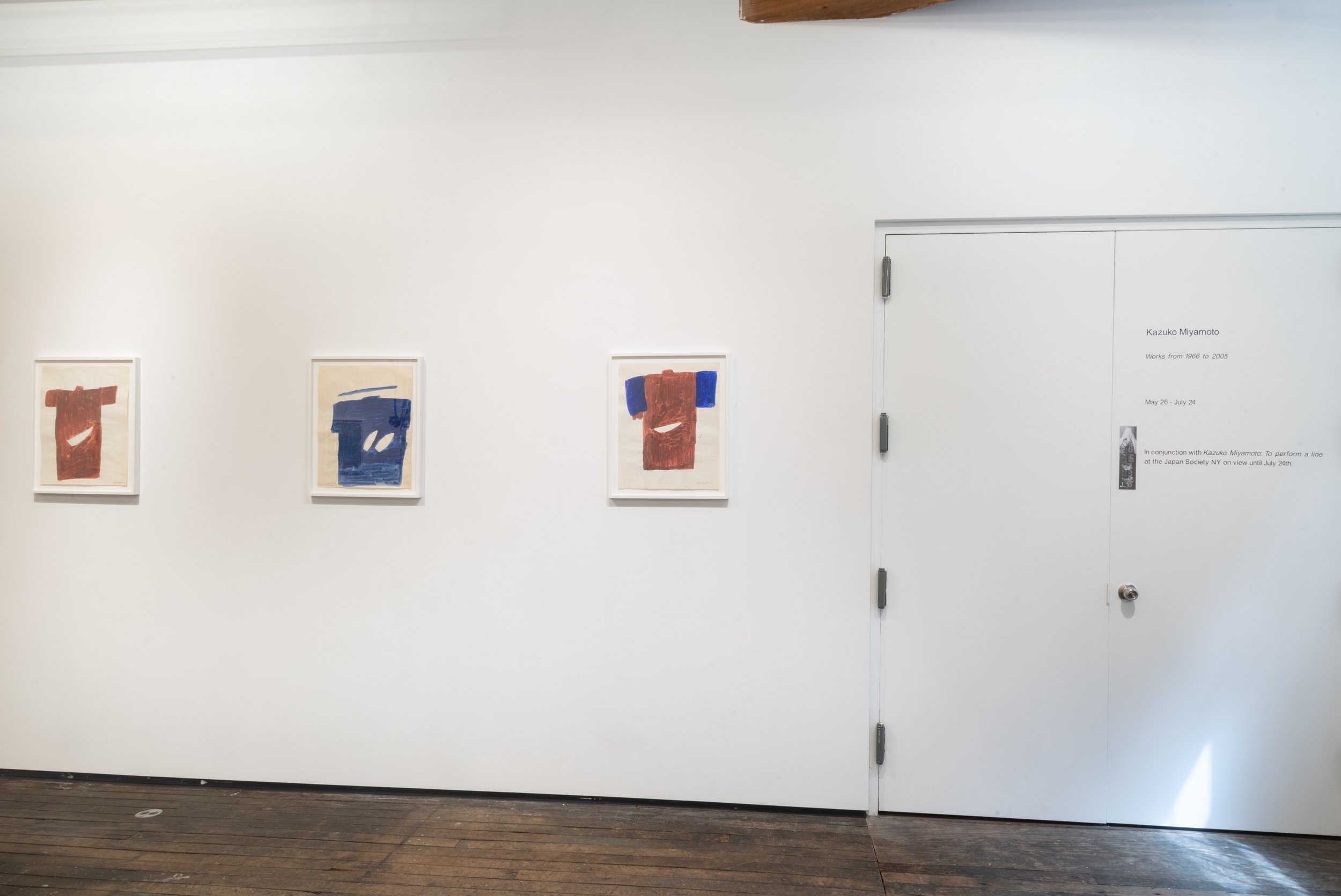
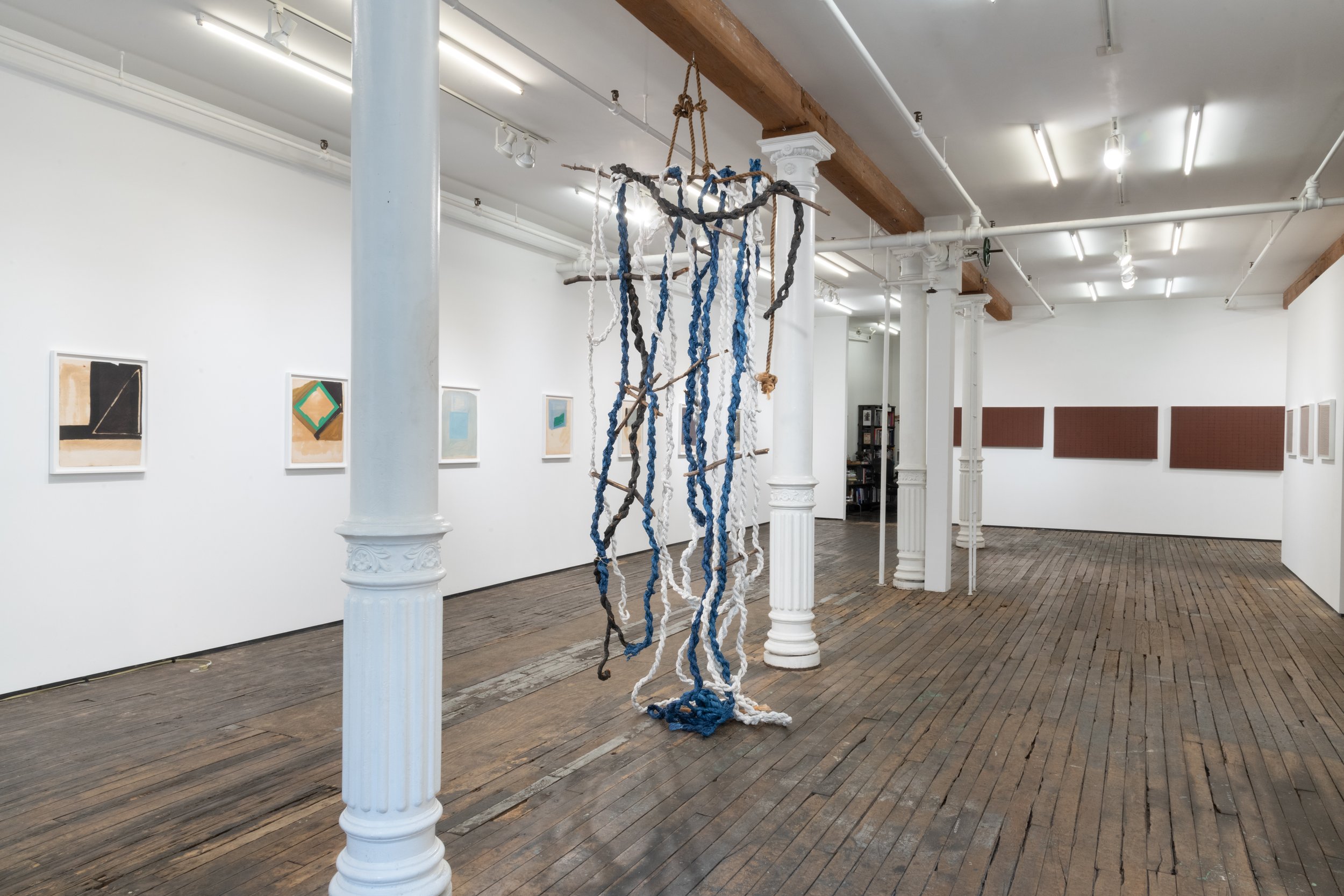

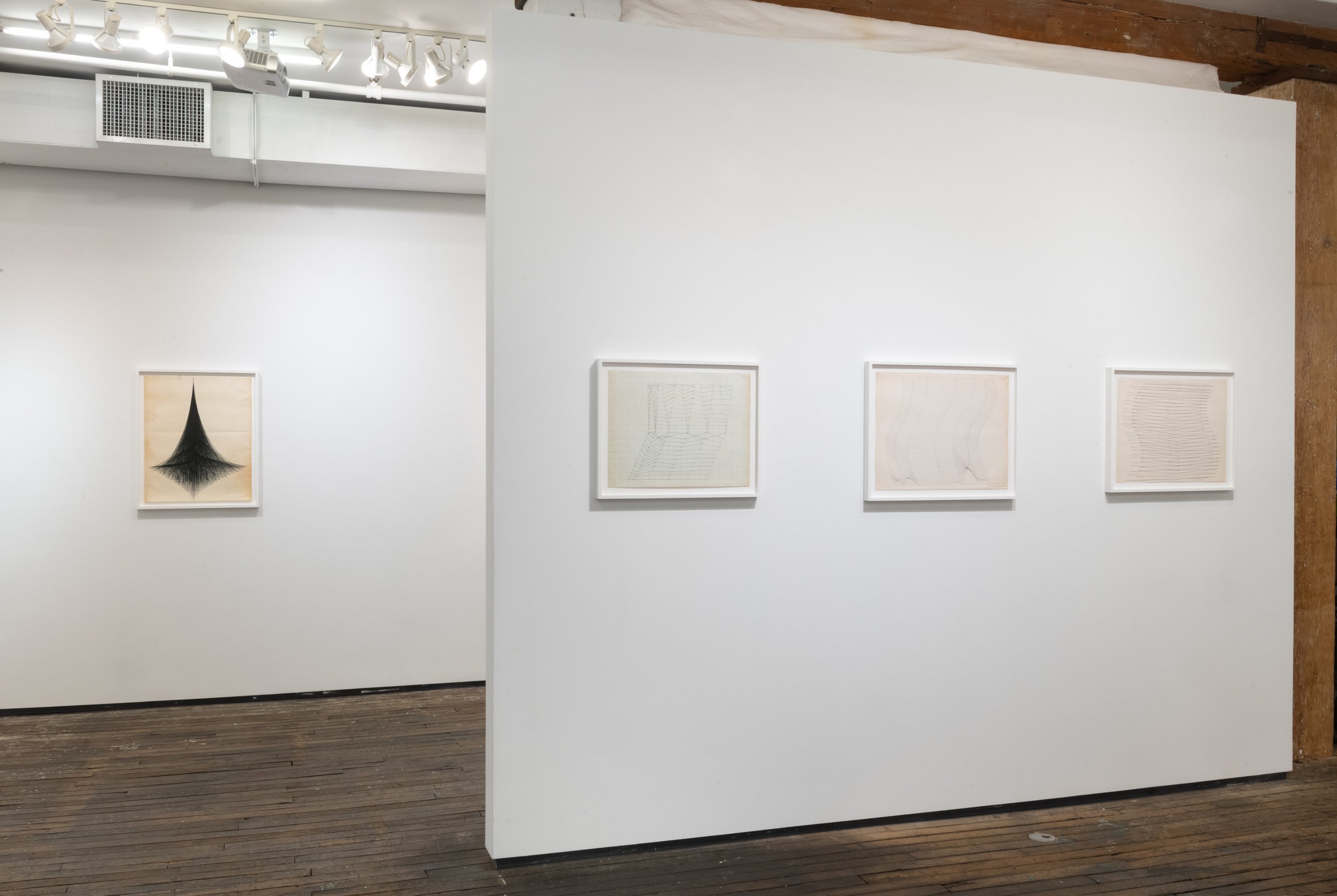
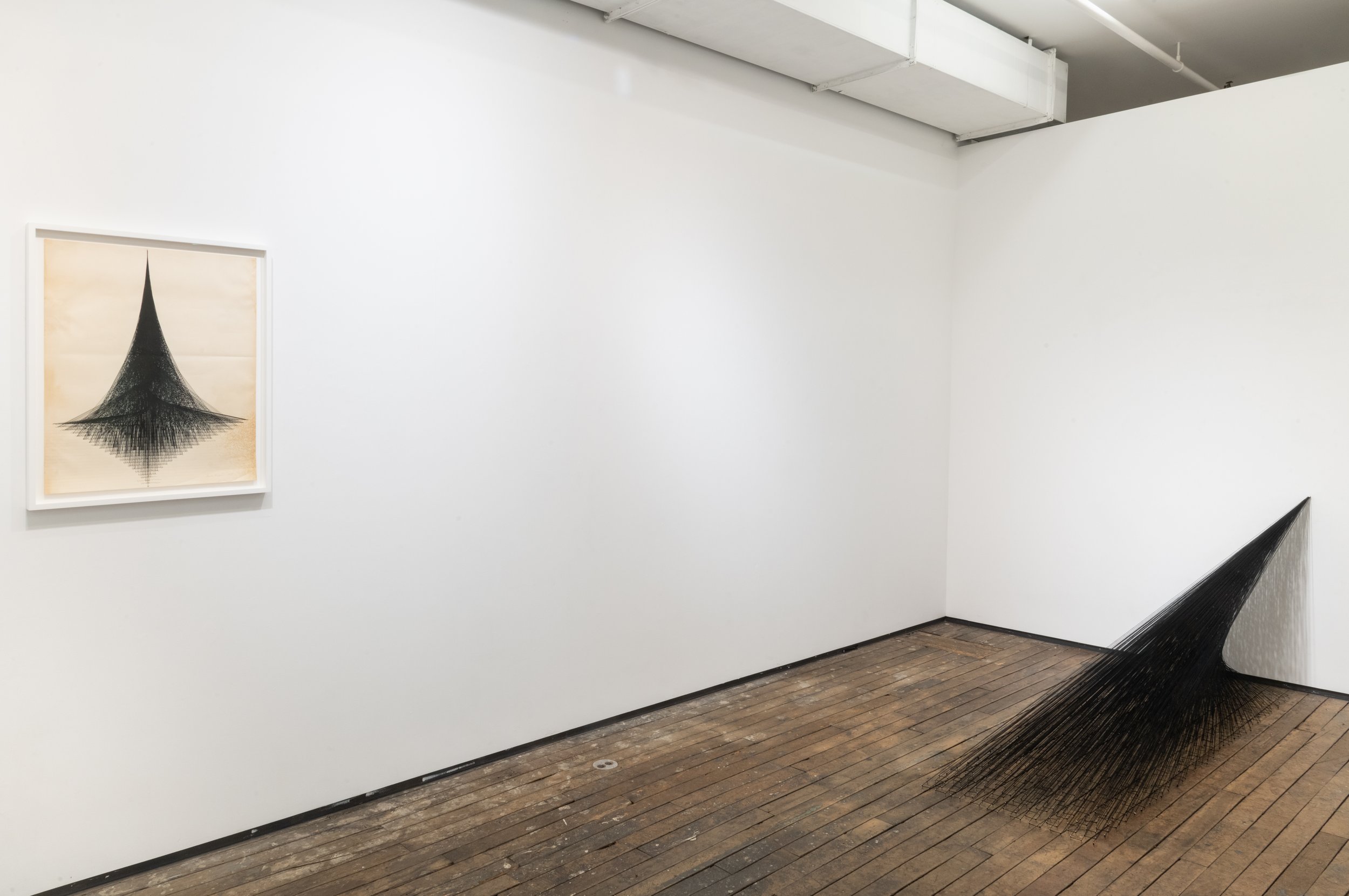
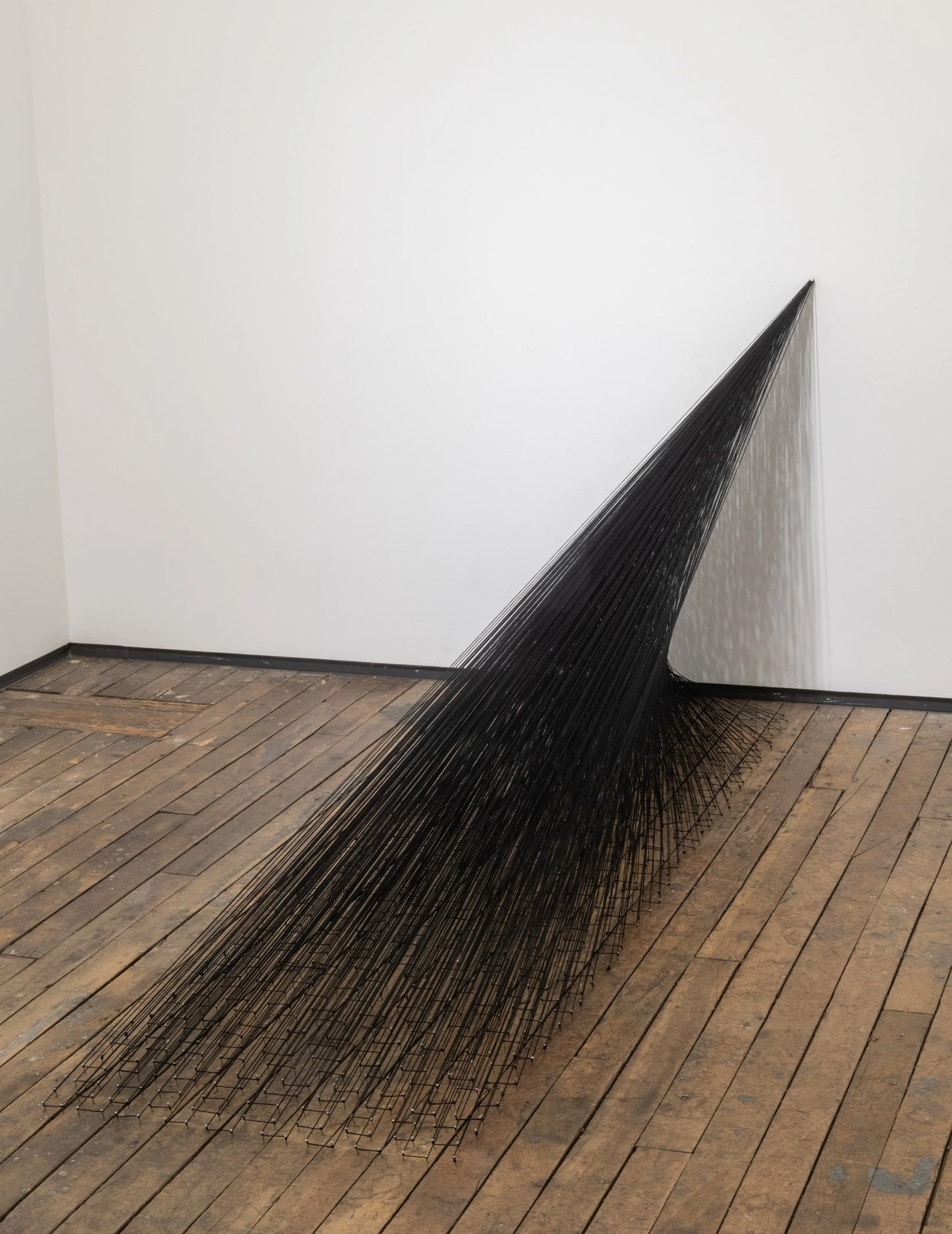

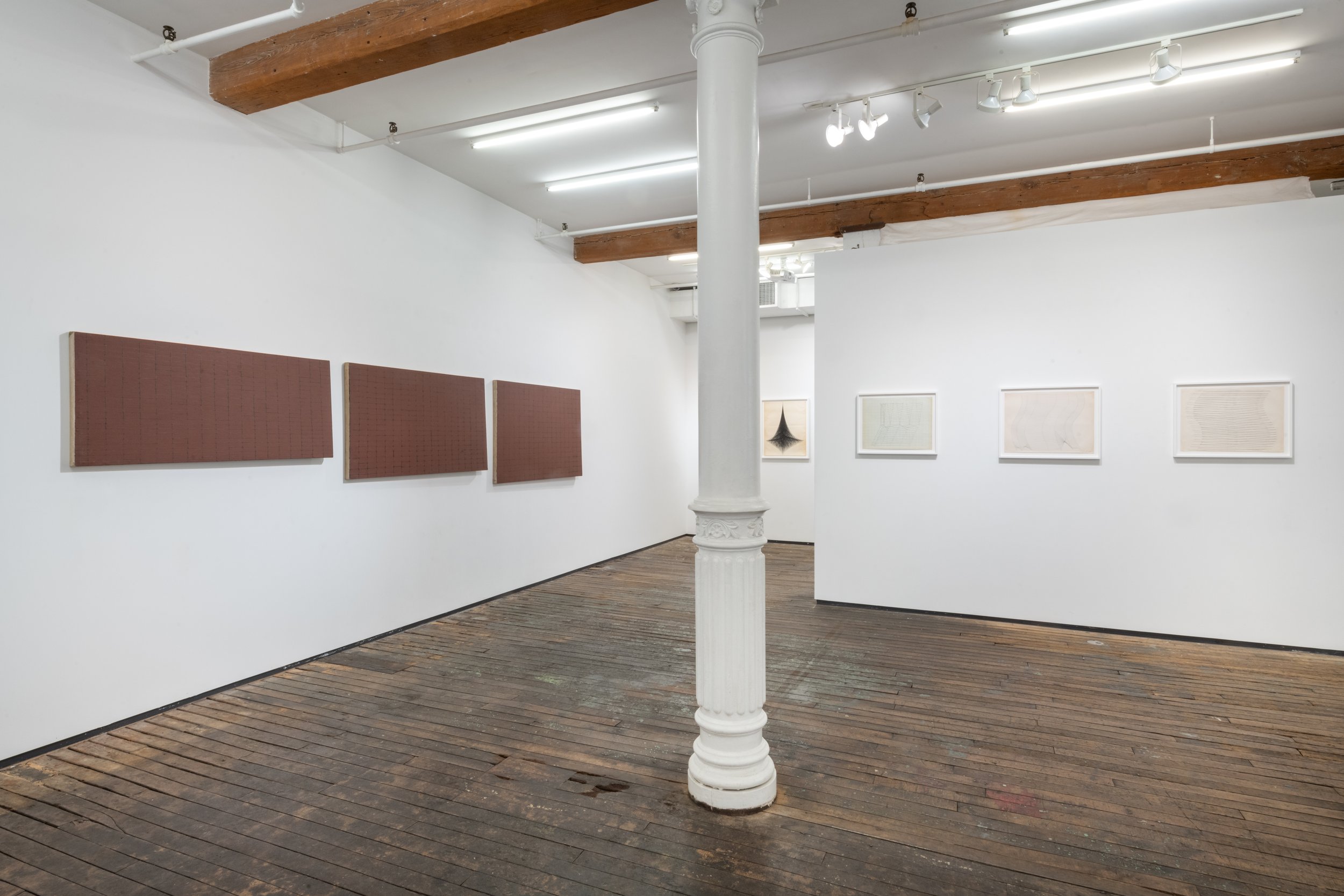
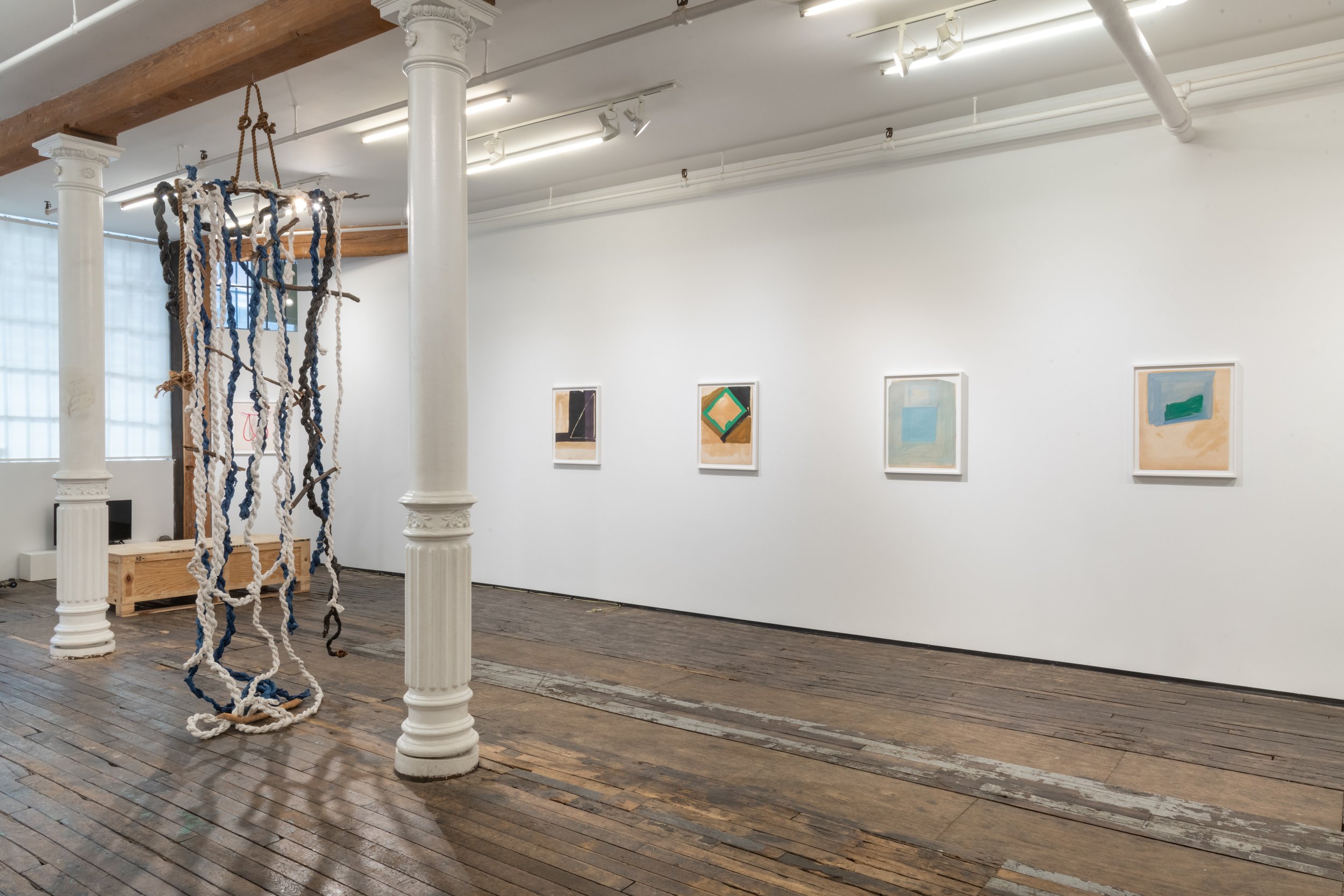
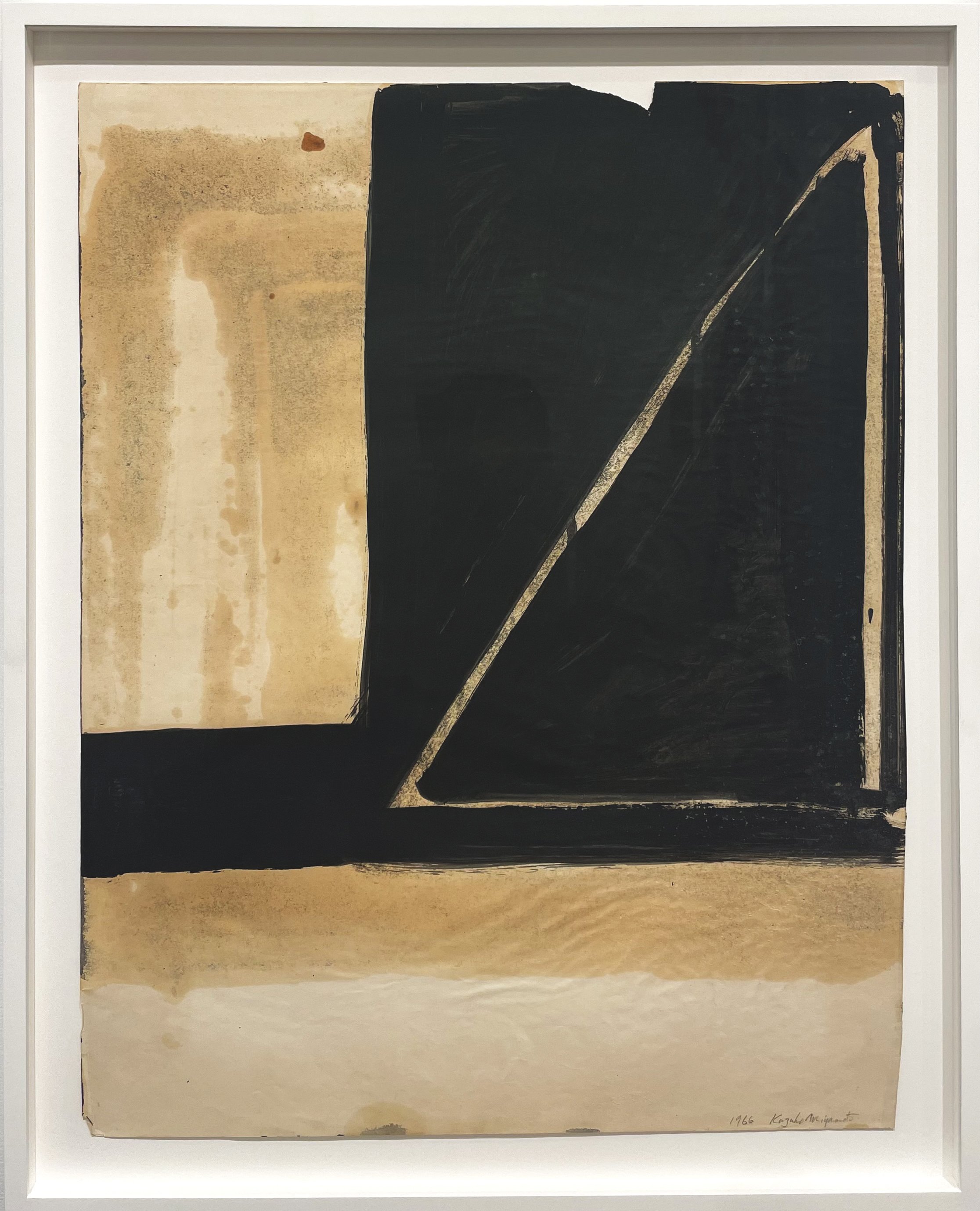
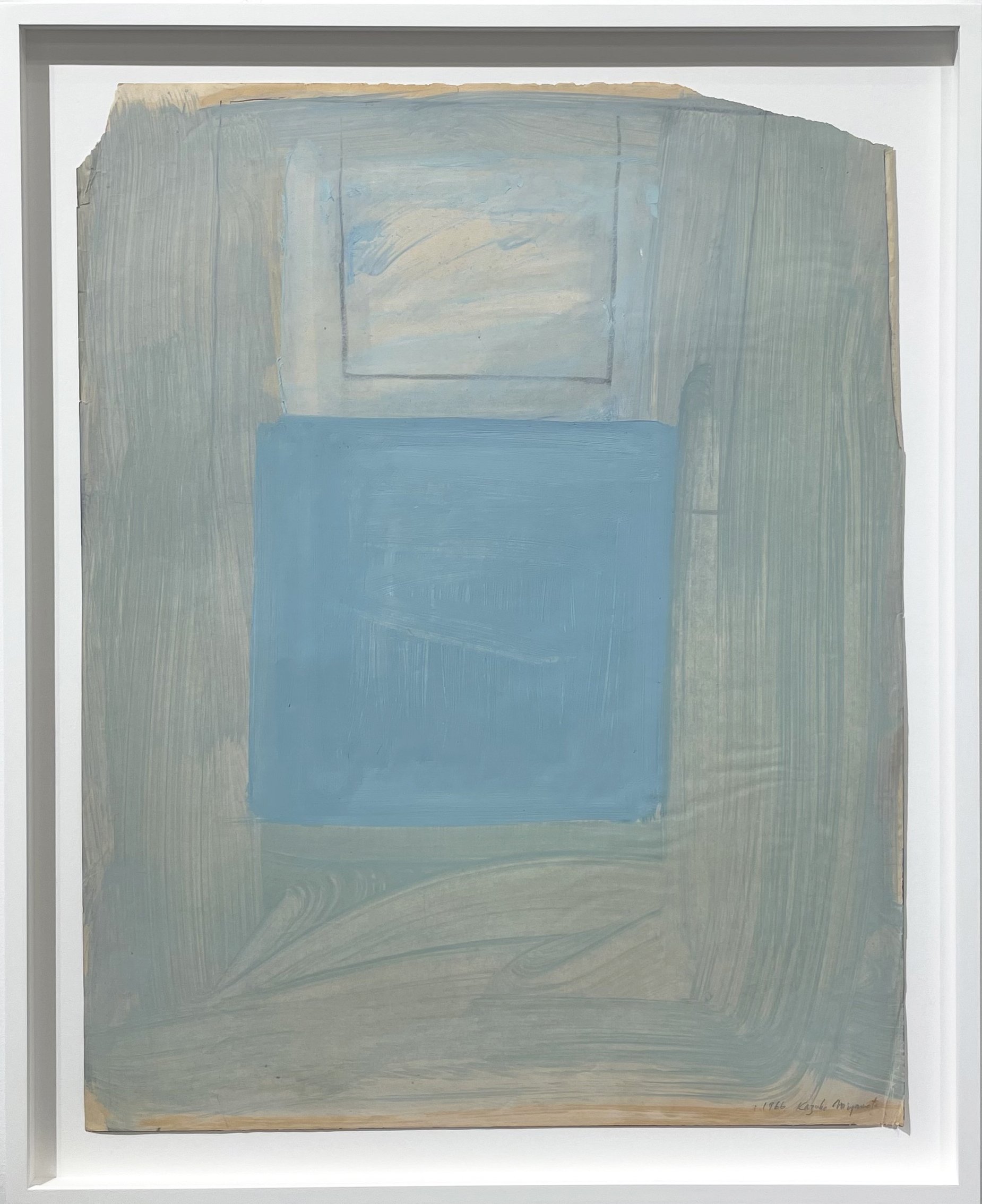
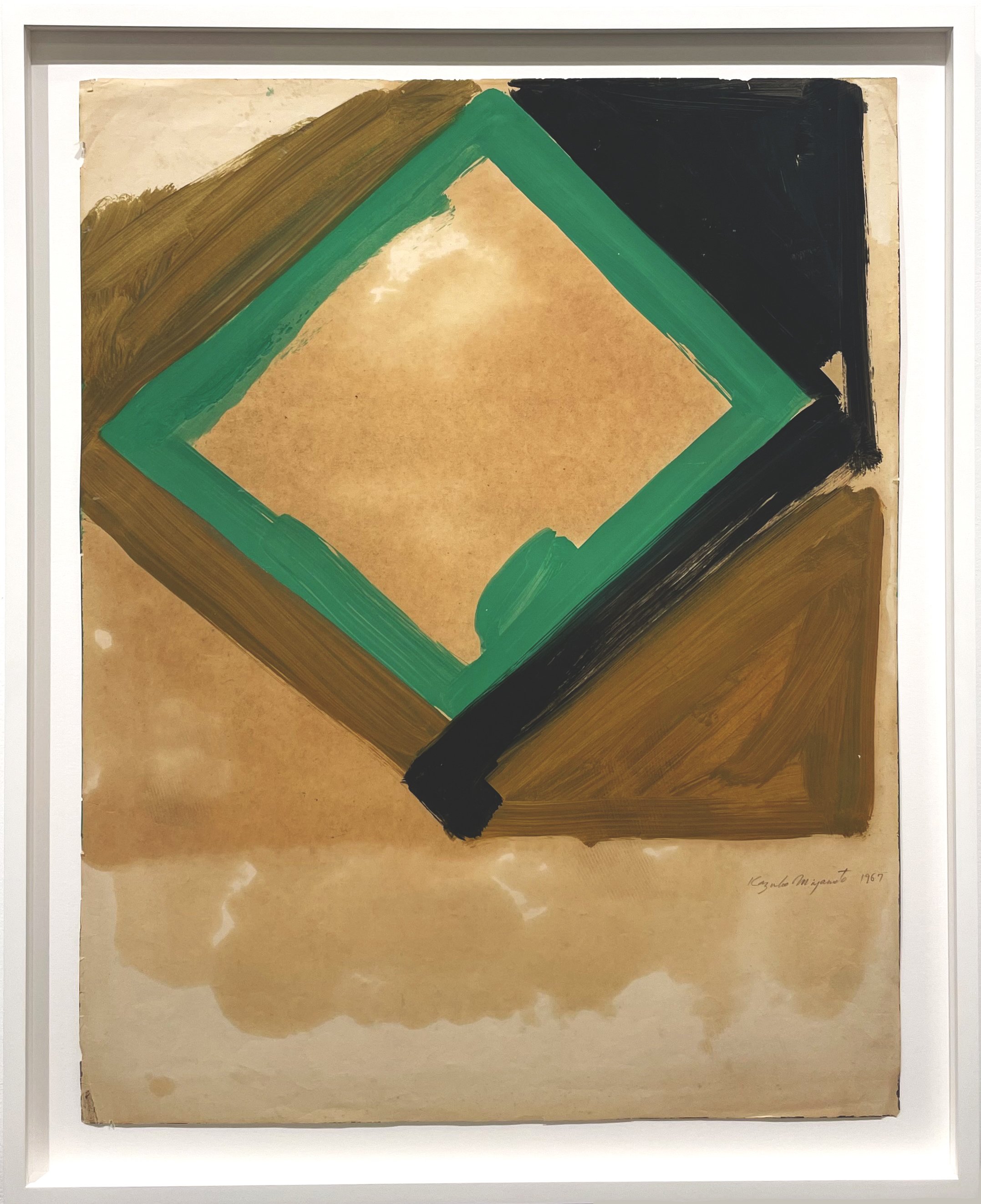
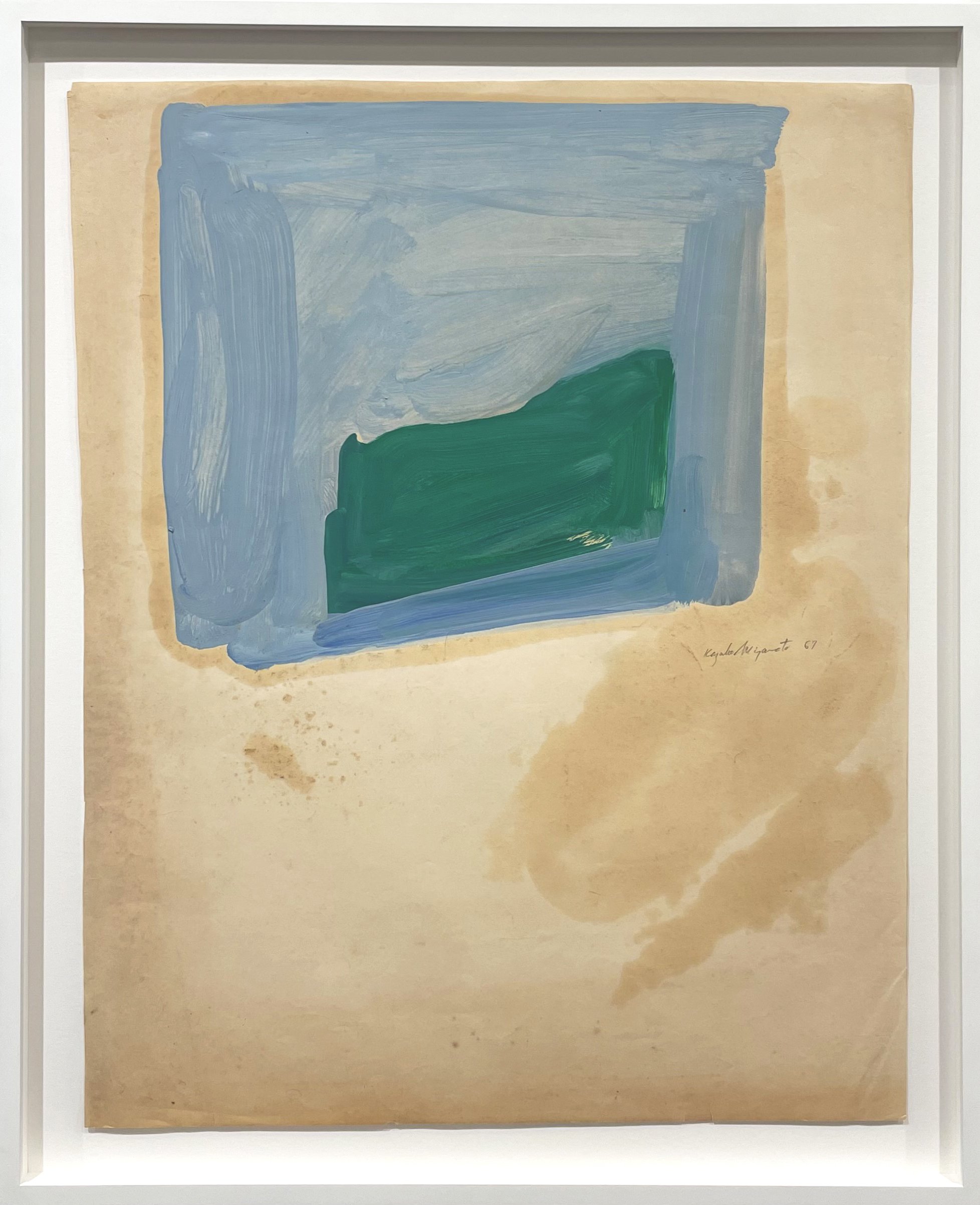

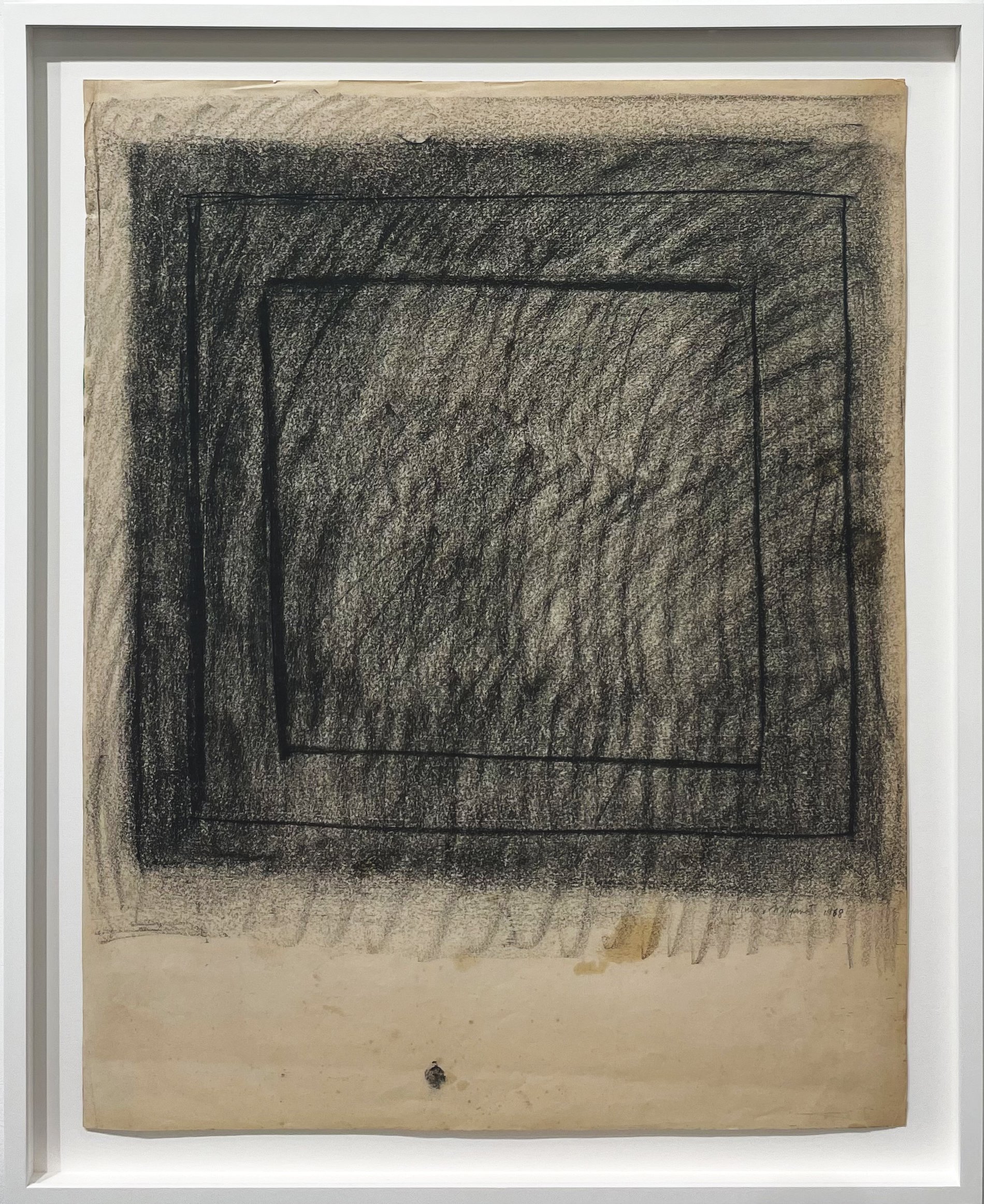
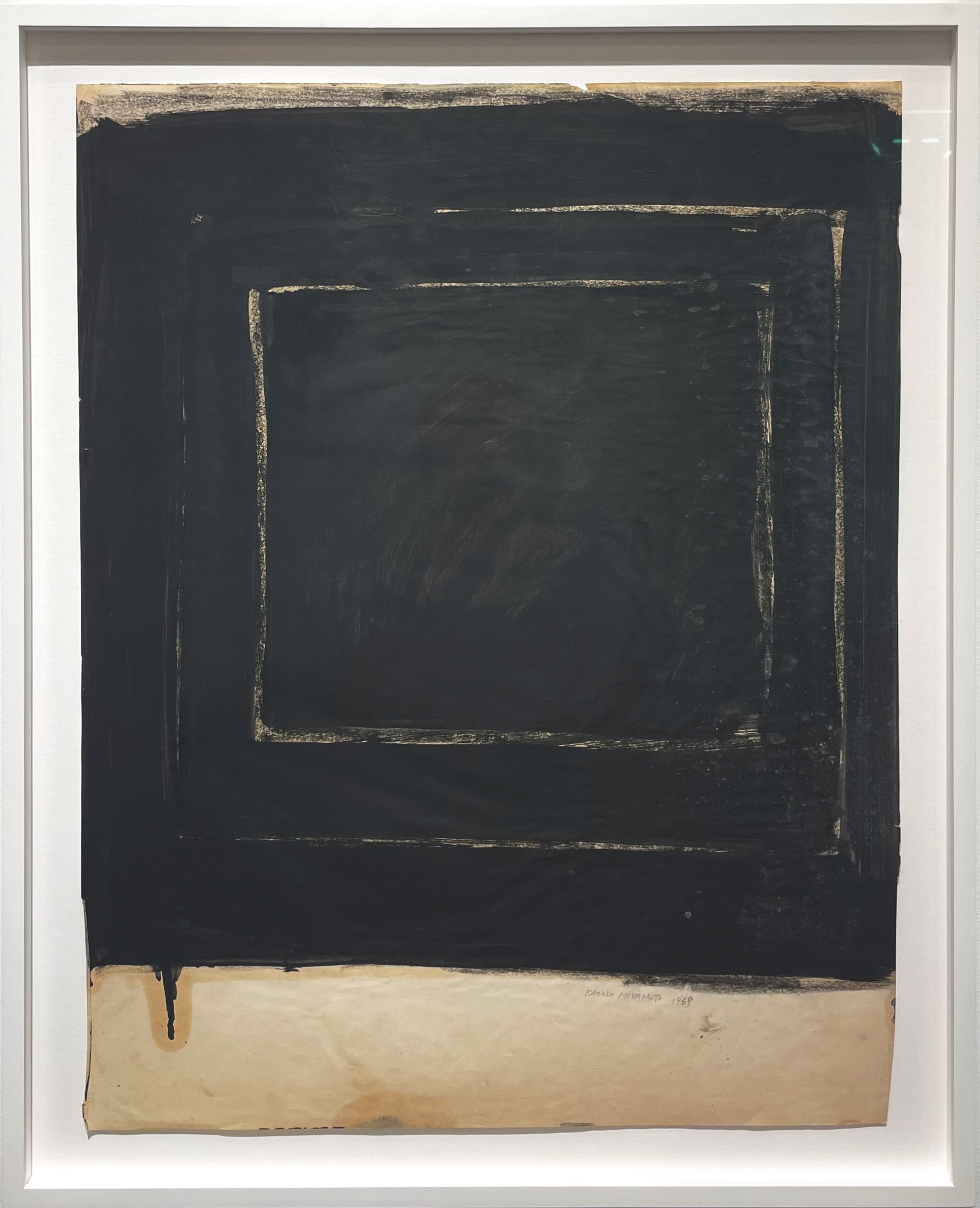
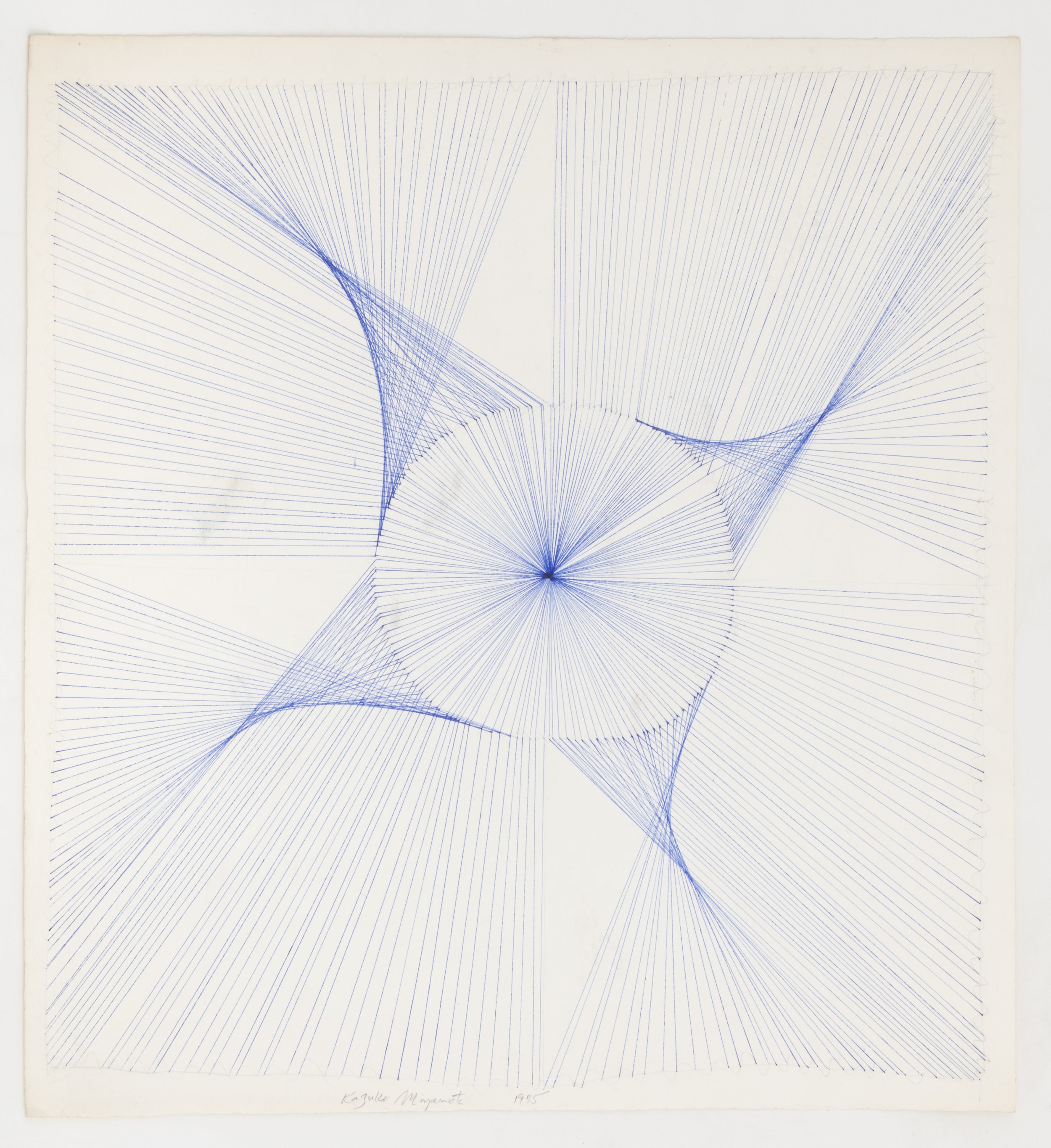
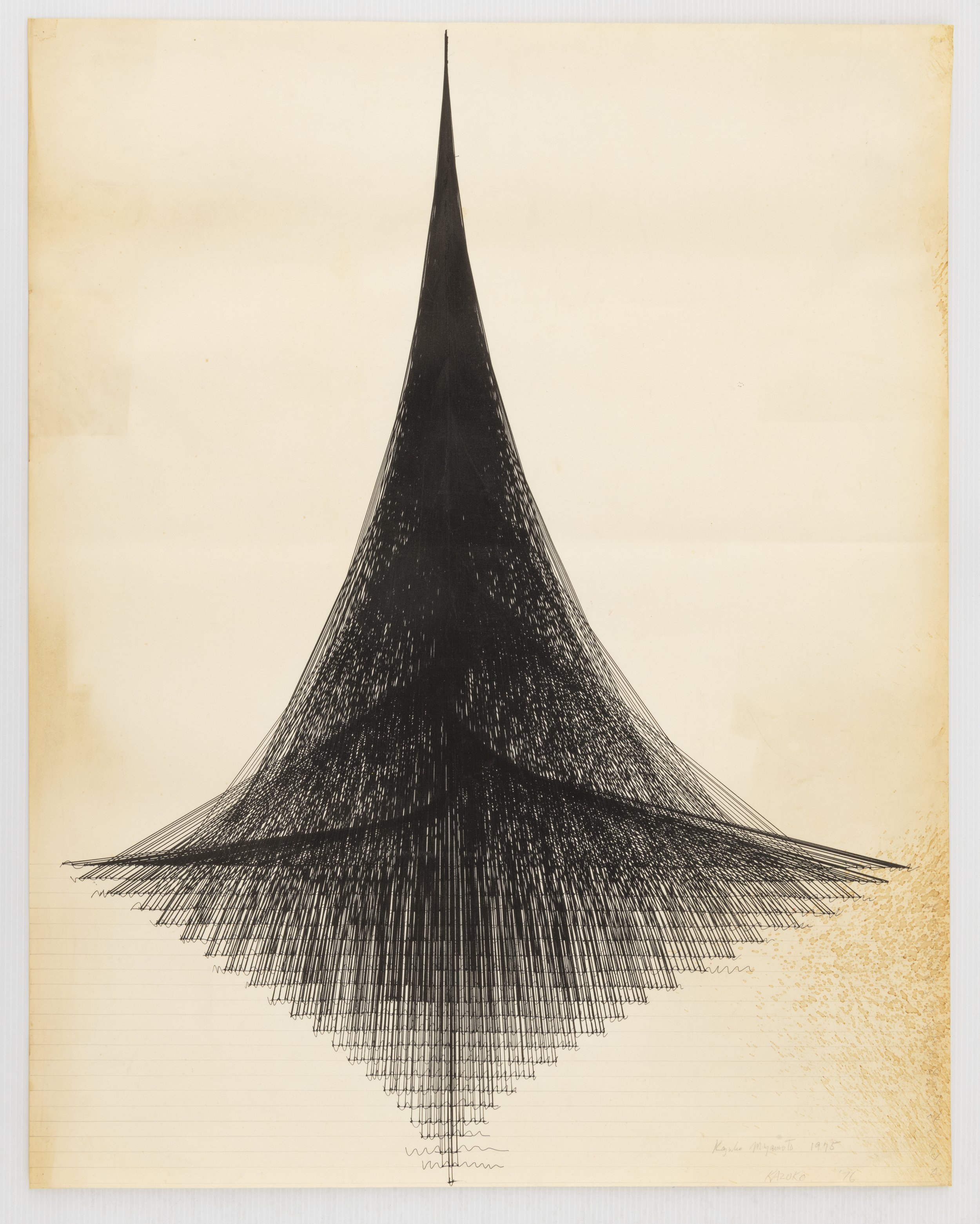
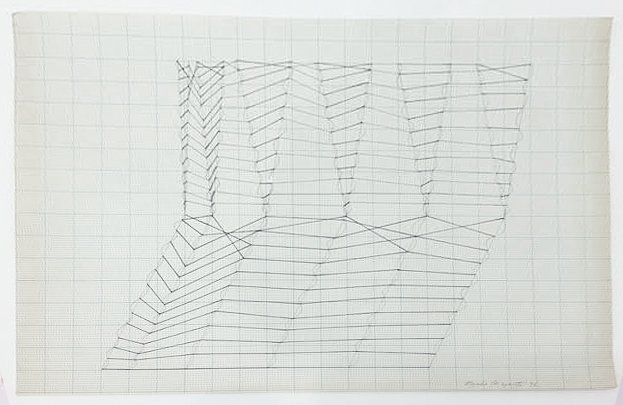
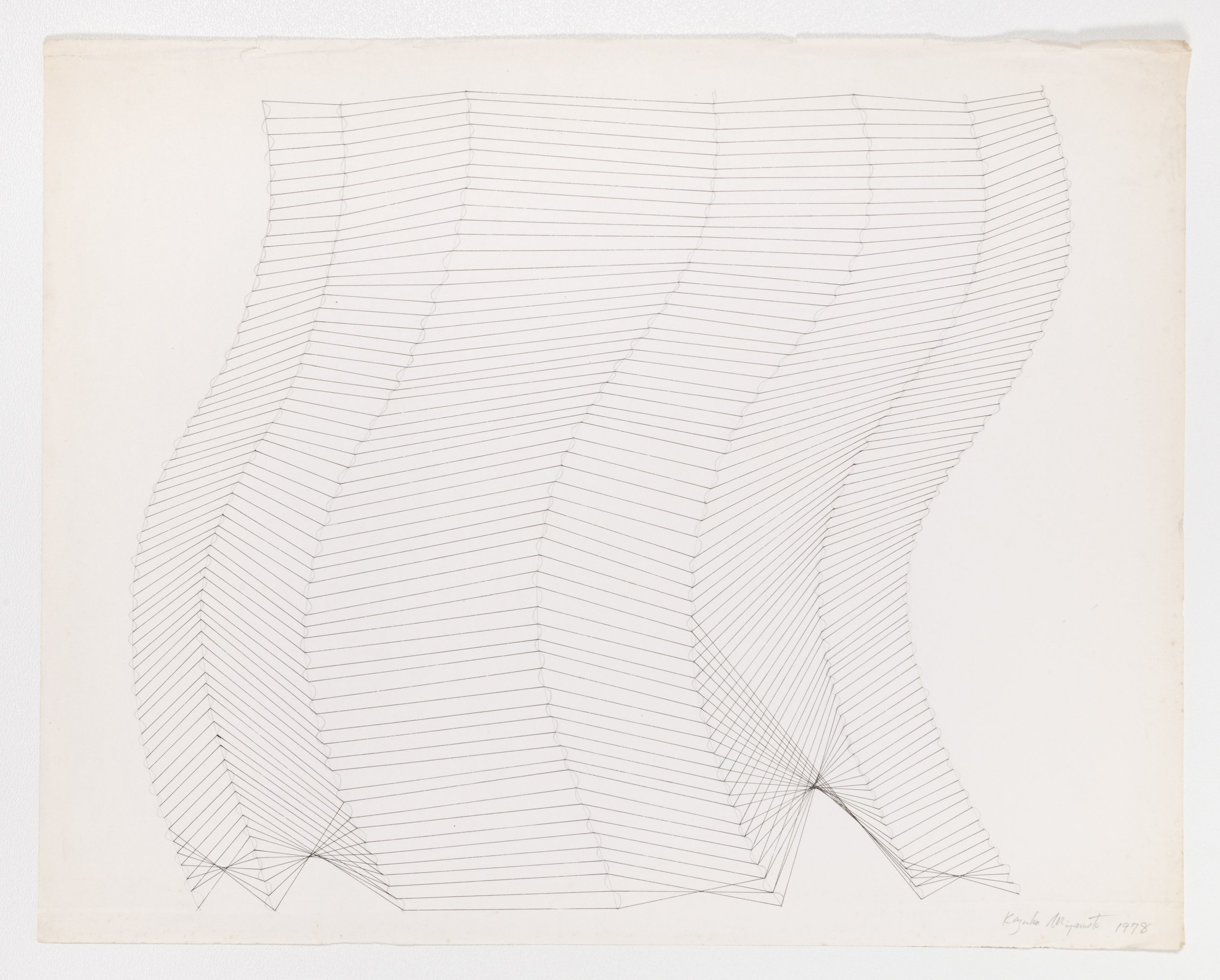
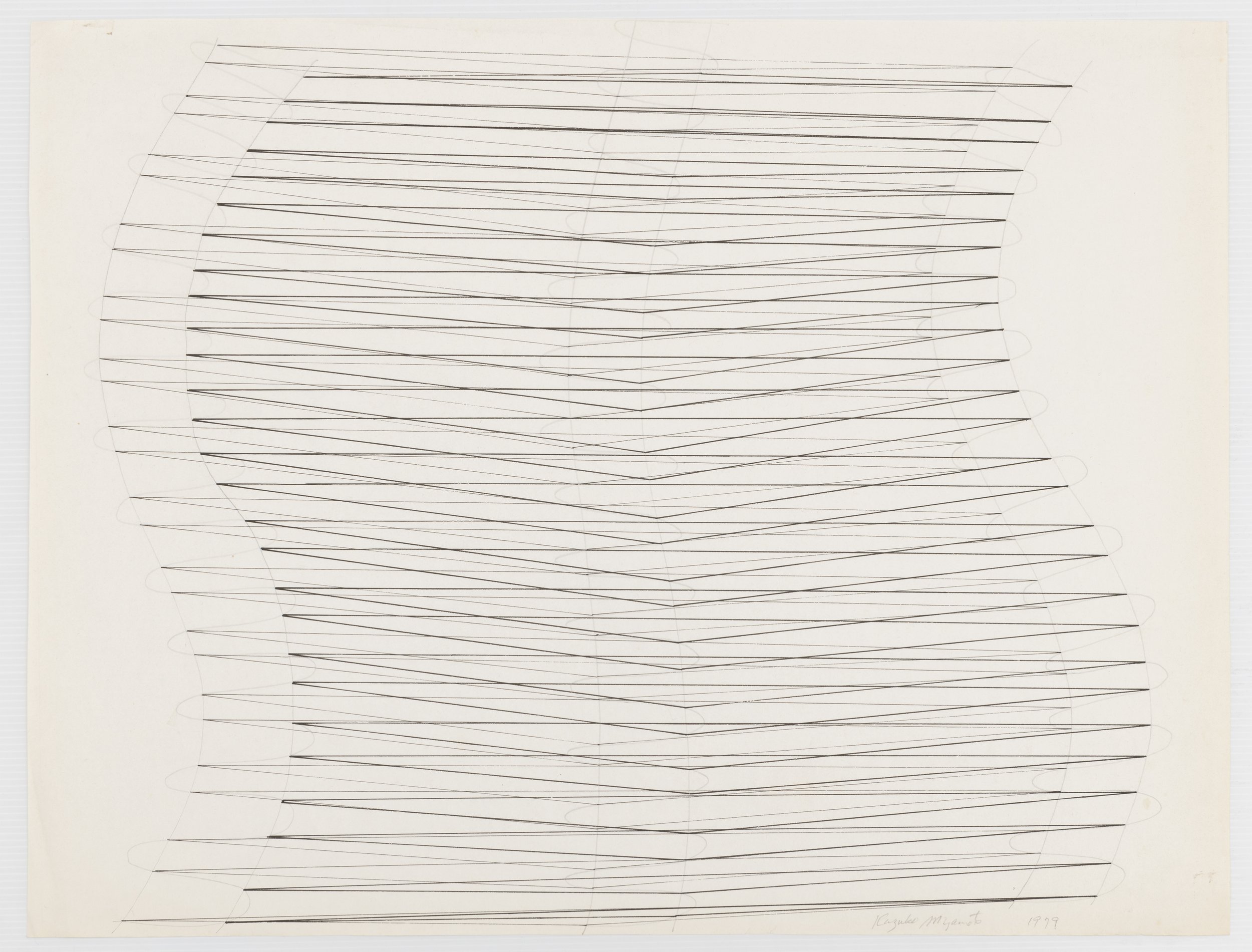
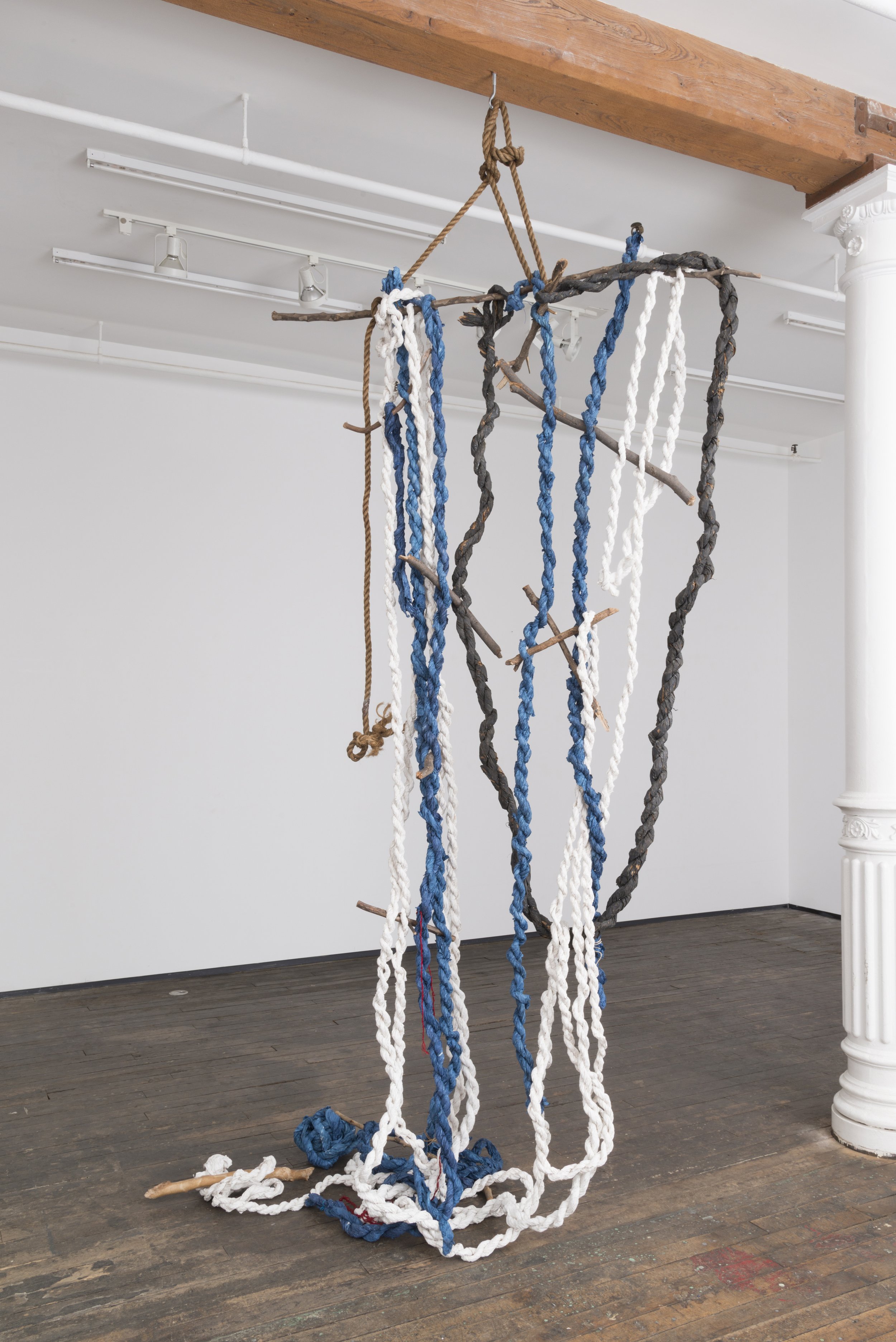
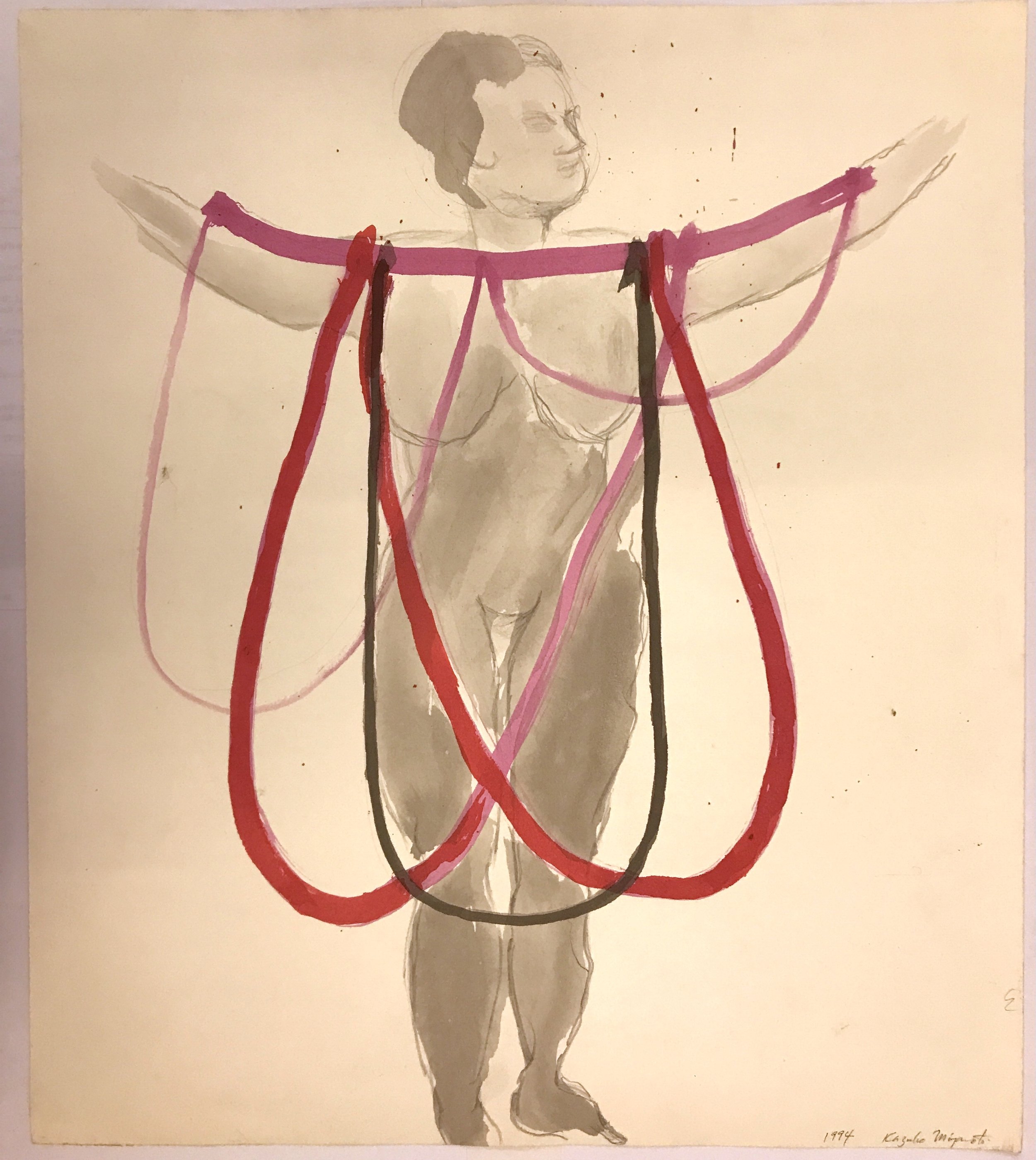
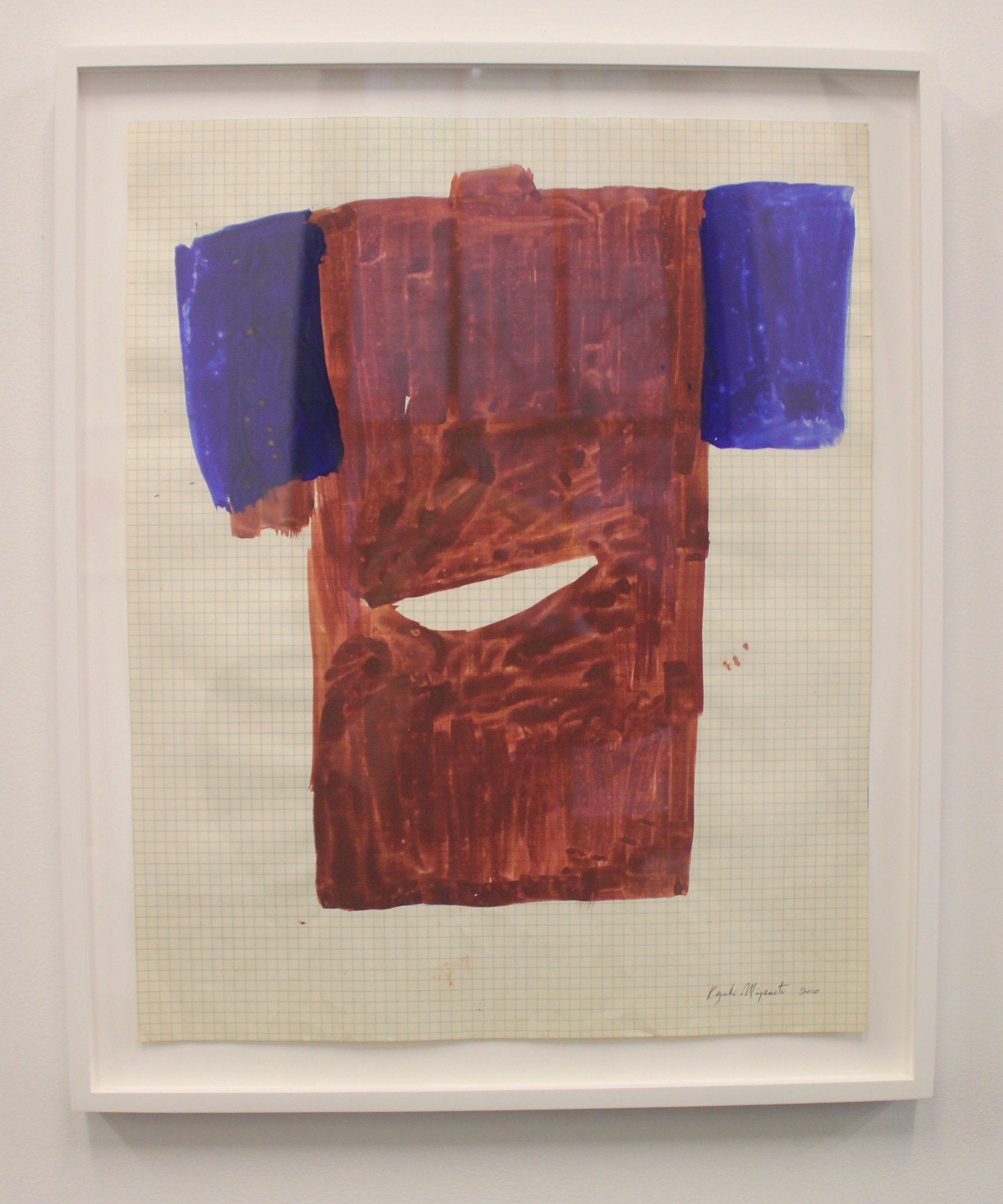
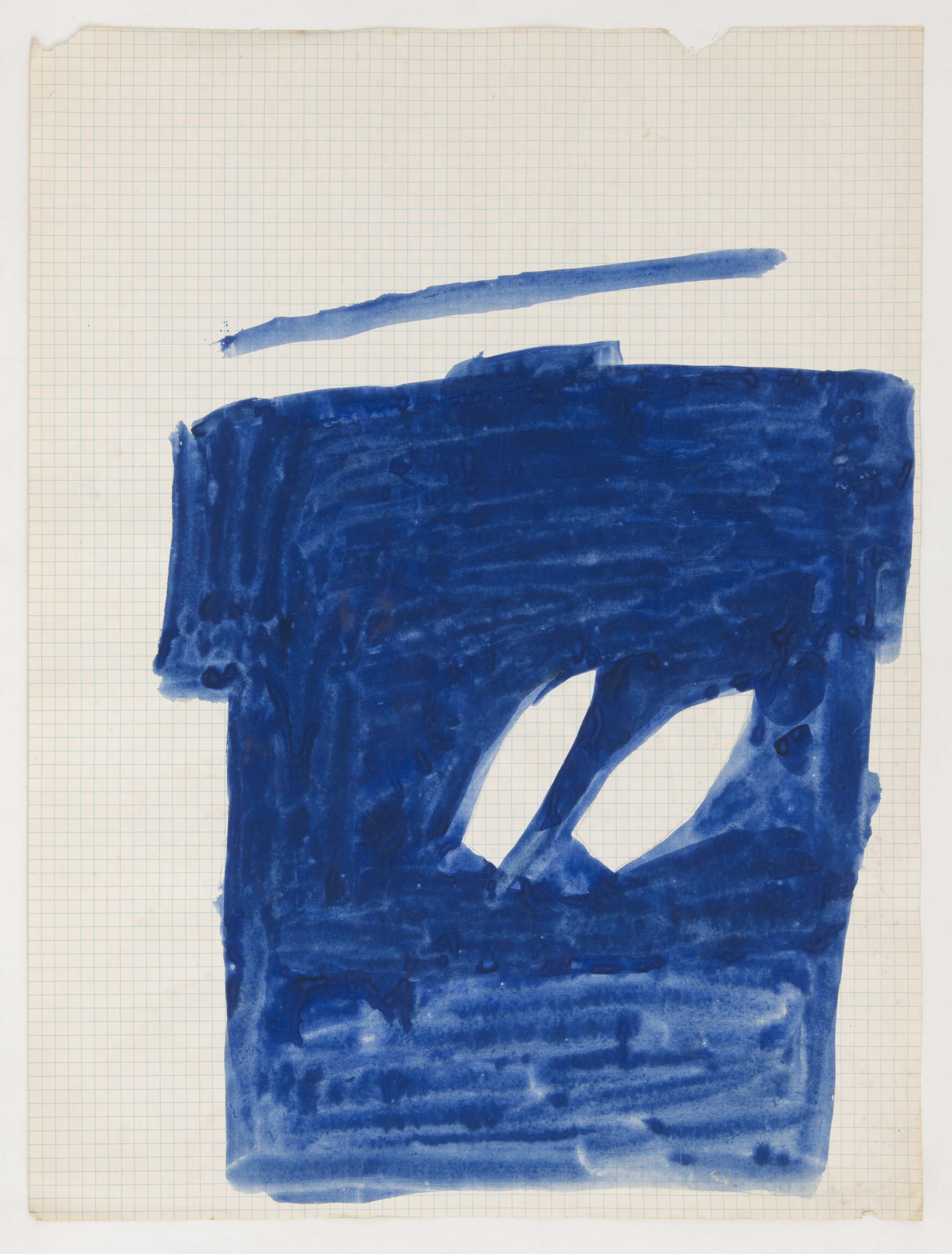
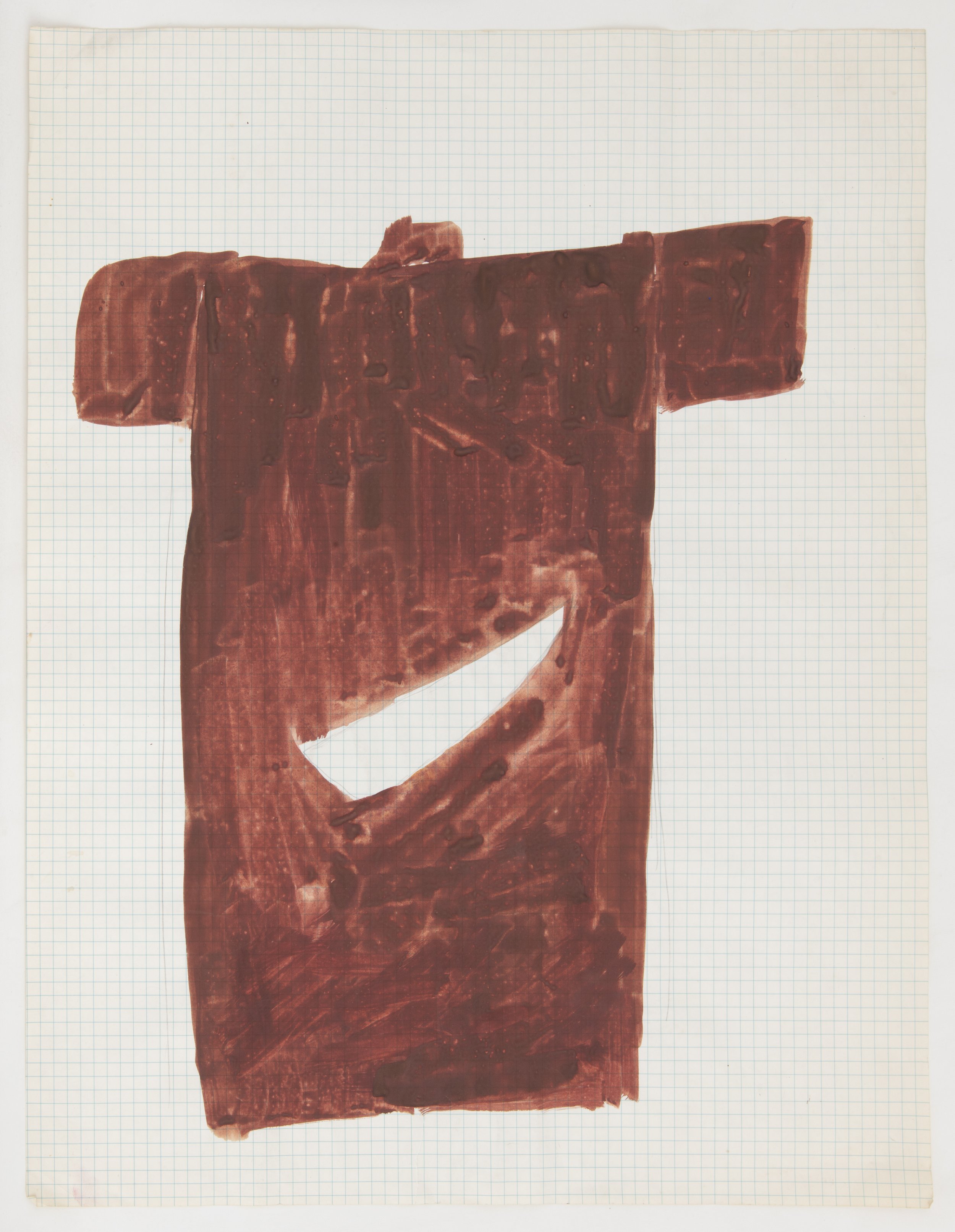
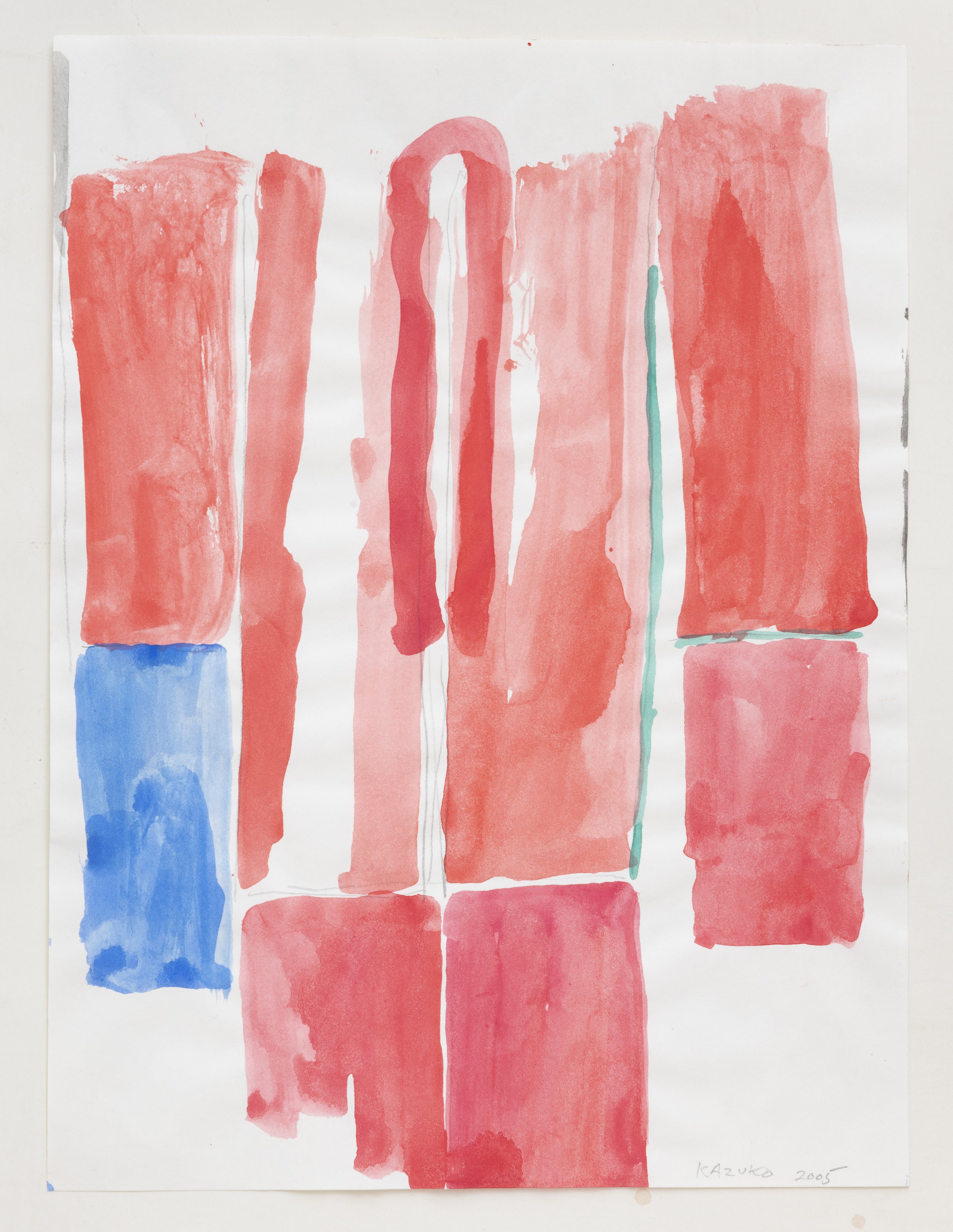
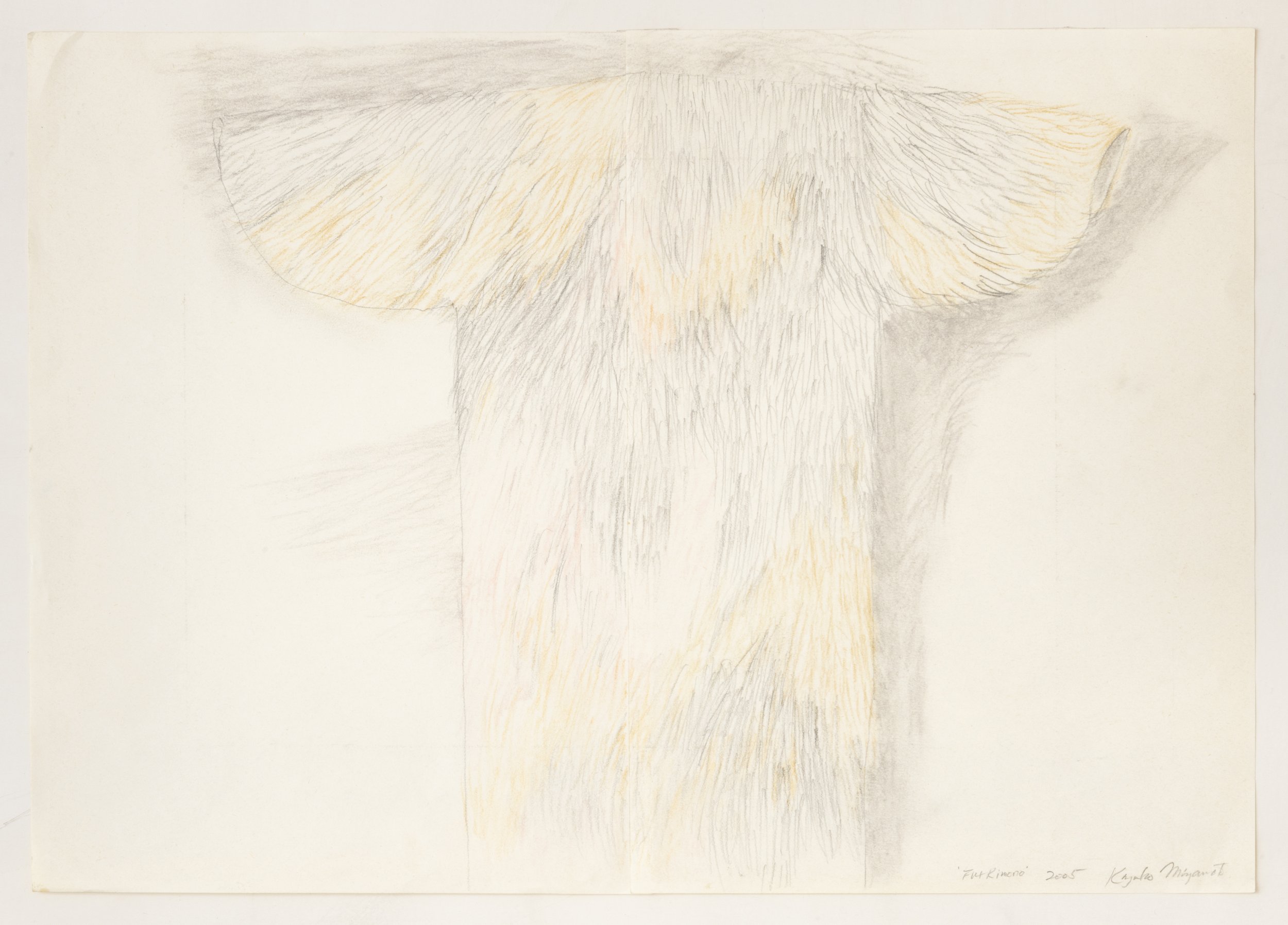

NEW YORK
Kazuko Miyamoto
Works from 1966 to 2005
May 26 - July 27
At Zürcher Gallery, New York
In conjunction with her solo exhibition Kazuko Miyamoto: To Perform A Line at the Japan Society, New York, on view until July 24th.
Saturday, July 23rd at 3:00pm
”Tangled Moments”, a performance
with Vernita N’Cognita, Toki Ozaki, and Kazuko Miyamoto
At Zürcher Gallery, NY
in conjunction with the exhibition, Kazuko Miyamoto Works from 1966 to 2005
Upcoming at Japan Society,
in conjunction with Kazuko Miyamoto: To perform a line
Saturday, July 16th at 2pm and 5pm
Tipping Utopia Toward Kazuko Miyamoto
Performance by: Yoshiko Chuma (conceptual artist, choreographer and director), Robert Black (double base), Jason Kao Hwang (violin/viola), Christopher McIntyre (trombone)
RSVP here
In the press:
Holland Cotter’s review of her solo exhibition at the Japan Society for the New York Times.
Ariella Budick’s review for the Financial Times here.
Jonathan Goodman’s review for the Brooklyn Rail.
Review by Mariana Fernández for Frieze.
Elvis Irizarry’s review in the International Examiner.
Kazuko Miyamoto Works from 1966 to 2005 mentioned in Artnews Editor’s Picks
Curator Tiffany Lambert for Japan Forward.
Review by Lauren Guilford for Speciwomen magazine
Kazuko Miyamoto, Works from 1966 to 2005
“I see myself first of all as a worker.”
May 26 –July 25, 2022 (in conjunction with Kazuko Miyamoto To Perform a Line at the Japan Society, until July 24, 2022)
The exhibition presents a selection of works by Kazuko Miyamoto dating from 1966 to 2005, more specifically The Progression of Rectangles, 1969 a tritptych made right after the artist left the Art Students League (where she studied from 1964 to 1968), Female, a seminal three-‐dimensional String construction she made after Male, 1974, and Kimono, a sculpture made of rope, twigs and colored paper first achieved in 1980, then remade in 2017. All together, these works exemplify Kazuko Miyamoto’s contribution to art history, from minimalism to post minimalism, feminism to reflections on isolation, her Japanese roots and culture. Kazuko Miyamoto's practice shows itself to be as rigorous as it is spontaneous, as geometric as it is physical and emotional.
Born in Tokyo in 1942, Kazuko Miyamoto attended the Gendai Bijutsu Kenkyujo (Contemporary Art Research. In 1964 she moved to NYC, rented a room in Harlem, and enrolled at the Art Students League. She cleaned the League's studio and worked in cafés and restaurants in order to afford her studies. Her painting teacher was Charles Alston (1907-‐1977). Alston was one of the most important painters of the Harlem Renaissance and a mentor to the young Jacob Lawrence. He liked Kazuko and encouraged her to pursue her personal abstract style. We are including in this exhibit 7 rare oils on paper she made during those years. When she left in 1968, she had met a number of minimalist artists and decided to migrate downtown, ready to embrace the scene. She set up her live-work studio at 117 Hester Street, met then Sol LeWitt and started working for him as the fabricator of his open cubes sculptures and some wall drawings. In 1971, she began making her String Constructions from industrial cotton strings systematically hand-‐stretched between a constellation of nails hammered into the floor and the wall. The first ones were bidimensional then they began to take on a more spatial and architectural format. Female, 1977 is also currently shown at the Japan Society and installed for the first time with Male, 1974. “I see myself first of all as a worker. Perhaps this arises in part from economic need. I usually work manually – on carpentry or construction jobs – to support myself. .. In any case, the sense of physical involvement in my art work is strong. I feel the strings in my hands; my sense of constructing them to the underlying surface is tactile. Spontaneously, if abstractly, they reflect the patterns of my day…. More than most art my string pieces are vulnerable to time. They are absolutely temporal, which makes it very hard for me to repeat a work; each piece belongs to its own time."
From the early 70’s, Kazuko Miyamoto responded to Minimalism by emphasizing process, material and performance. We are thrilled to present for the first time in the US the video of her performance on 16/17 May, 2008 at the Factory in Krems, Austria.
"My original project proposal was the visual art installation with the work I create in the atelier in Krems and inviting local musician from Krems for the performance of collaboration of music and dance within the installation of visual art in the exhibition space, Factory. It is our cultural and media exchange and communication. Mr. Andreas Mayerhofer from Krems took a part of music. Mr. Mayerhofer and I communicated comfortably in English and the universal language, art. ... This program I experienced is one of my most important event in my life. ..." (Kazuko Miyamoto)
